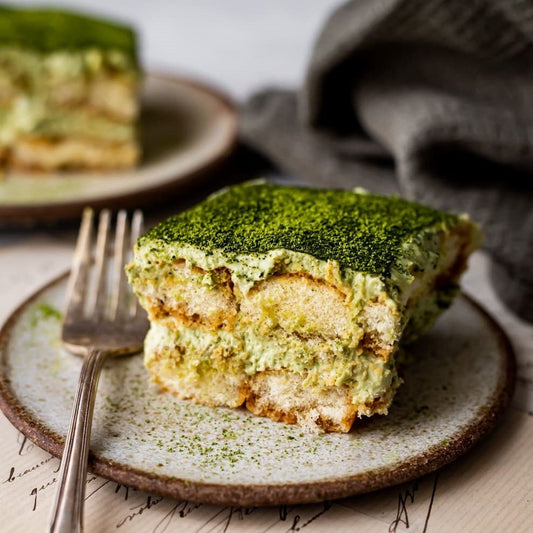Tea lovers around the world appreciate the different types of tea that come from China. Among the many types is Pu-erh tea, which has made its way to the top of the list thanks to its smooth and earthy taste. It has been said that this tea is brewed through a process that involves fermentation, which adds flavour and richness to this tea. In this blog post, we explore the magic that happens during the fermentation process, and why Pu-erh tea is a must-try beverage.
1. What is Pu-erh Tea?
Pu-erh tea is a traditional drink from Yunnan Province in China that is made from a variety of the Camellia Sinensis plant. Unlike other Chinese teas, Pu-erh tea is unique because of the way it is prepared. After the tea leaves are picked, they are wilted and dried in the sun before they are steamed, rolled, and shaped into cakes. These cakes are then fermented for several years, which gives the tea its unique flavour.
2. The Fermentation Process
Pu-erh tea is fermented using bacteria that are found naturally in the tea leaves. These bacteria change the chemical structure of the tea, creating a rich and complex flavour. During fermentation, a substance called gallic acid is converted into other compounds, which gives the tea its dark colour and intense flavour. The fermentation process can take anywhere from a few months to several years, depending on the desired flavour profile.
3. Health Benefits of Pu-erh Tea
Pu-erh tea has numerous health benefits that have made it a popular beverage among tea enthusiasts. Many believe that the tea helps to lower cholesterol levels, aid weight loss, and improve digestion. It is also thought to have anti-inflammatory properties that can help to prevent chronic diseases such as cancer and arthritis. Besides these health benefits, Pu-erh tea is also known to be an excellent source of antioxidants which help to keep the body healthy.
4. Types of Pu-erh Tea
There are two primary types of Pu-erh tea- raw and cooked. Raw Pu-erh tea is unfermented and is commonly aged for several years, while cooked Pu-erh tea undergoes a fermentation process that is artificial and much faster. Raw Pu-erh tea has a more delicate flavour profile, while cooked Pu-erh tea has a sweeter and earthy flavour.
5. Brewing Pu-erh Tea
Pu-erh tea can be brewed using various methods, but the most common are gongfu and western-style brewing. Gongfu brewing involves using a small teapot and brewing the tea in short infusions. Western-style brewing, on the other hand, uses a larger teapot and longer infusion times. To brew the perfect cup of Pu-erh tea, use hot water at a temperature of 95°C and steep for 30 seconds to one minute.
Conclusion:
Pu-erh tea has been enjoyed in China for centuries, and its popularity has spread across the globe. Its unique flavour and the fermentation process that creates it make it a must-try for tea enthusiasts. The fermentation of the leaves produces a rich, complex flavour that is hard to replicate in other tea varieties. The health benefits of Pu-erh tea are also worth mentioning, as they make it an excellent beverage for those looking to improve their health. So, go ahead, grab a cup of Pu-erh tea, and savour the magic of fermentation in every sip!




